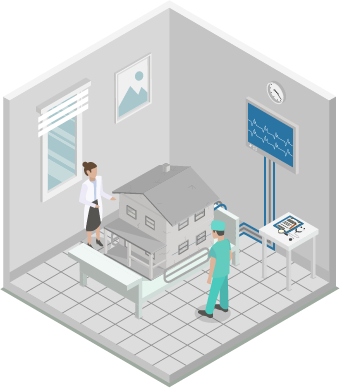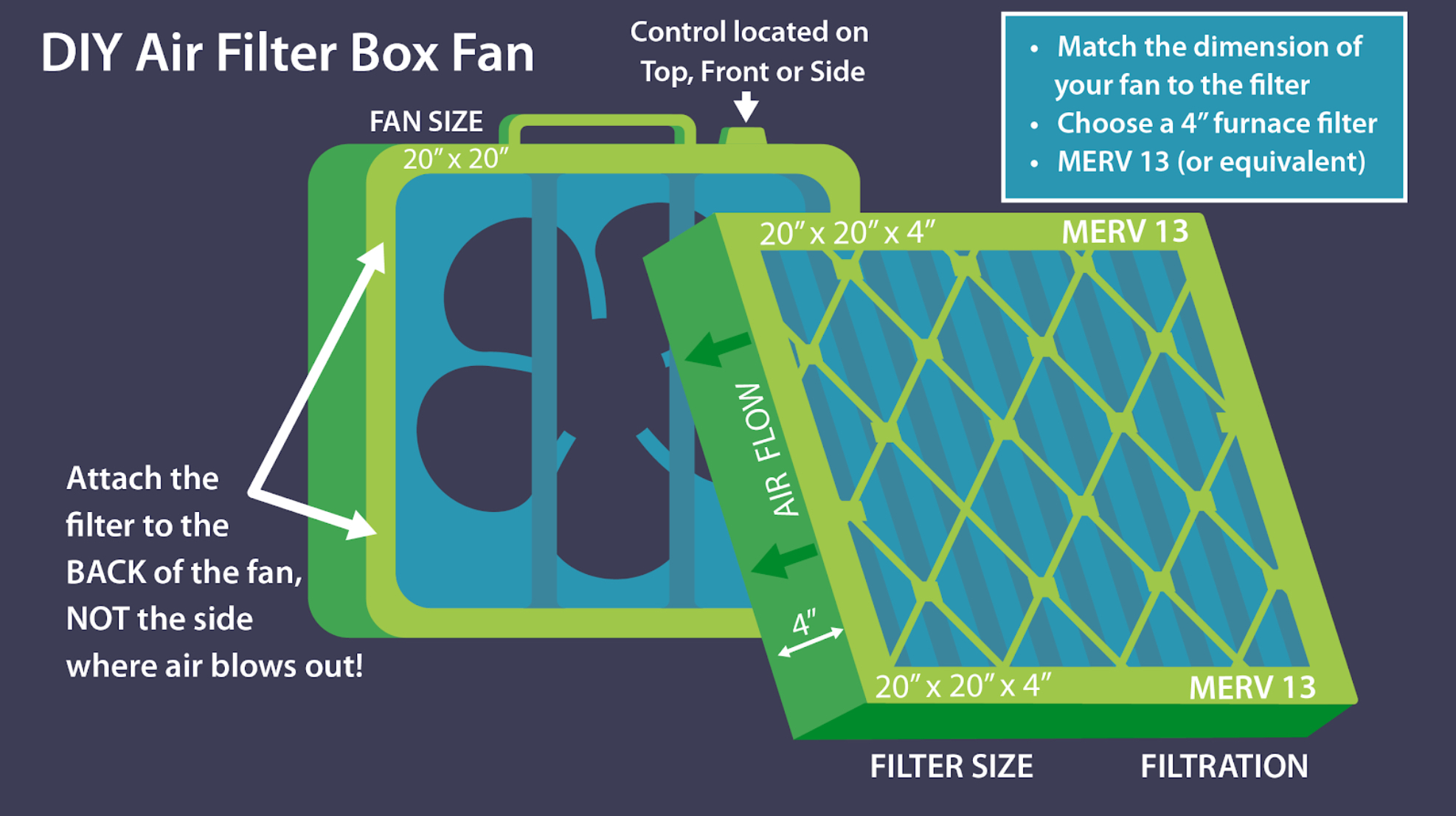Cold, stormy days may keep the family indoors – sometimes even without power! While it may be a great day to catch up on projects while the kids (and pets) play, it is also the kind of day when we hunker down with closed windows. When we start to not feel well, we blame it on the changing weather. More likely than not what is really happening is the air quality inside our house is degrading your health. So how does one stay healthy during a storm?

Here is a recent example from our founder, Bill Hayward, and how he and his family tried to stay healthy during a storm:
“On a stormy morning during a power outage, I returned home to find my wife, her friend, 4 kids and three dogs playing. I was immediately overwhelmed by how “stuffy” the house felt. When I asked how they felt the two adults said they were developing sore throats and had headaches. Knowing the cause, I immediately opened the windows and within 30 minutes the symptoms cleared. Had I not flushed the house with fresh air and the family continued in those poor indoor air quality conditions all day, those symptoms would have likely turned into an actual illness that might have lasted a day or so.
So what happened? My house is the first Hayward Healthy Home and has a system that provides great ‘fresh air’ ventilation. With the power out, the system shut off, without proper ventilation, the CO2 produced by the family and the dogs along with all the other gasses produced by the people and pets and the common chemicals we find in the house build up to levels that impact our health, comfort, and cognition. Most houses don’t have a continuous ventilation system so when the windows are closed they are performing a lot like my house with the power off.
In my house with the power off for 4.5 hours, the CO2 went to 1275 parts per million (ppm). CO2 at these levels are impactful, but the rise in this gas which we can measure is an indicator that multiple other gasses, chemicals, and particles are being trapped in our indoor air as well.”
It doesn’t take very long for air quality to go downhill. In fact, studies show that fairly small changes in CO2 levels (from 600 to 750 ppm) can cause sharp drops in occupant perception of indoor air quality. In addition, elevated levels of CO2 have been linked to health symptoms including headache, fatigue, and shortness of breath.
In a landmark public health finding, a 2015 study from the Harvard School of Public Health found that carbon dioxide (CO2) has a direct and negative impact on human cognition and decision-making. It confirmed an earlier study by Lawrence Berkeley National Laboratory that found “statistically significant and meaningful reductions in decision-making performance” in test subjects as CO2 levels rose from a baseline of 600 ppm to 1000 ppm and 2500 ppm.
What can you do when bad weather keeps you indoors? How can you stay healthy during a storm? Practice active ventilation! Even a little outdoor air from an open window will help. Poor indoor air quality aggravates allergies as well as asthma and can cause other health symptoms.
Hayward Score can help you discover what may be going on in your home in minutes! Simply answer a quick set of questions about your home developed by our healthy home experts, then get a personalized list of action items designed to help you address issues in your home. Start transforming your home today! Get your Hayward Score now.
Getting to a healthy home can seem daunting, but it is possible and our experts are here to help! You can Ask an Expert, and one of our Hayward Score team members will contact you within 2 working days to schedule your call.
Hayward Score helps you discover how your home may be impacting your health in minutes – – for FREE!
Answer a quick set of questions then get a personalized list of action items. Transform your home and health today!

ARE YOU CONCERNED YOUR HOME IS MAKING YOU SICK?
Our guide on indoor quality will help you diagnose possible issues and implement intelligent solutions to improve the quality of the air inside your home.















